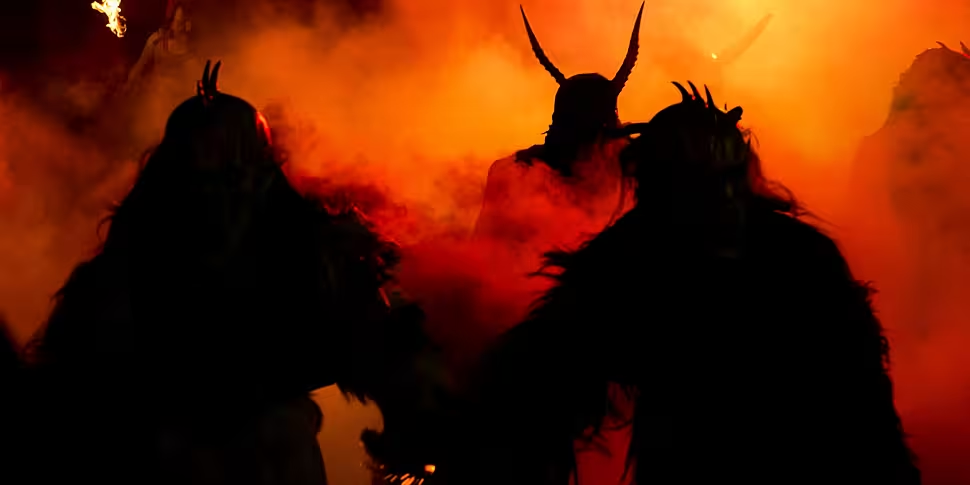It's that time of year again - when we look at how other countries celebrate Christmas in weird and wonderful ways.
It's not just about turkey and ham, you know. So sit back, relax and prepare to be surprised.
Austria
While Irish children are well familiar with Santa's elves and a trusty team of reindeer, children in Austria are dealing with Saint Nicholas' terrifying evil companion: Krampus.
A horned, folkloric figure described as 'half-goat, half-demon' during the Christmas season, the Krampus travels with St Nicholas.
While his big red friend is rewarding the well-behaved with gifts, the Krampus is left to punish those who've been naughty.
 A vintage illustration of Krampus is seen in July 2018. Image: Keith Corrigan / Alamy Stock Photo
A vintage illustration of Krampus is seen in July 2018. Image: Keith Corrigan / Alamy Stock PhotoEach year, thousands of people gather in Hollabrunn Market Square to watch more than 120 Krampus impersonators take to the streets.
Germanic folklore holds that that the Krampus beats naughty children with a bundle of sticks before putting them in a woven wicker basket on his back.
A bag of coal suddenly sounds a lot more reasonable.
Greenland
A traditional and unusual Christmas delicacy takes us next to Greenland.
Children there tuck into mattak, which is raw whale skin with a little blubber.
There is also kiviak, which is made by wrapping a small arctic bird in seal skin and burying it for several months. Then they eat its flesh.
Cheers!
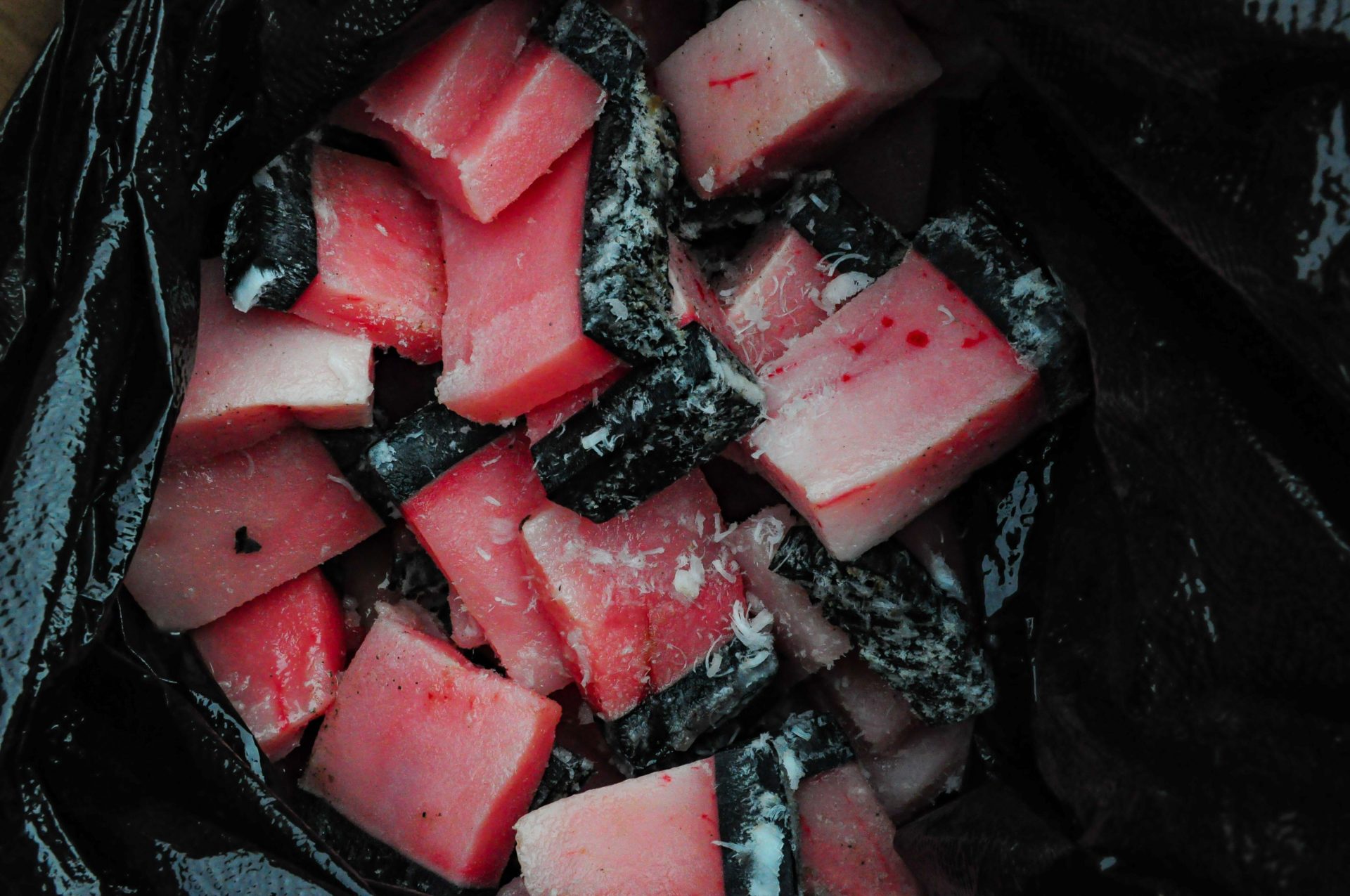 Muktuk being prepared at the Nalukataq Whaling Festival in Alaska, USA. Image: Rocky Grimes / Alamy
Muktuk being prepared at the Nalukataq Whaling Festival in Alaska, USA. Image: Rocky Grimes / AlamyJapan
Perhaps a more palatable - but nevertheless unusual - option comes from Japan.
A traditional Christmas dinner here is actually a KFC.
Thanks to a successful advertising campaign, families will queue around the block to pick up their battered thighs and wings.
Philippines
The Giant Lantern Festival 'Ligligan Parul' is celebrated every year in the city of San Fernando.
Traditionally celebrated on the last Saturday before Christmas Eve, the original lanterns were around three feet tall - a far cry from the almost-sixteen foot mechanical ones used today.
Around 10 of the giant lanterns - or 'parols' - are produced each year to compete in the city's festival, with the top three taking the honours.
The winning barangays of Giant Lantern Festival 2016!
Champion: Dolores
1st runner up: Calulut
2nd runner up: Sindalan
#DangalngLahi pic.twitter.com/IG9Ln8Ycmz— PIA Gitnang Luzon (@PIA_RIII) December 17, 2016
It has been held every December for more than 80 years in Pampanga province, about 75km outside Manila.
Light is a symbol of hope in the Philippines, and the lanterns also commemorate the star of Bethlehem.
Poland
A bit closer to home and a Polish delicacy is arguably its most famous and simple comfort food.
Perogis can be cooked or fried and stuffed, with pretty much anything and everything.
Meat, vegetables, mushrooms, cheese and even fruit and chocolate.
They can also have a sour cream topping or just butter.
Sign me up.
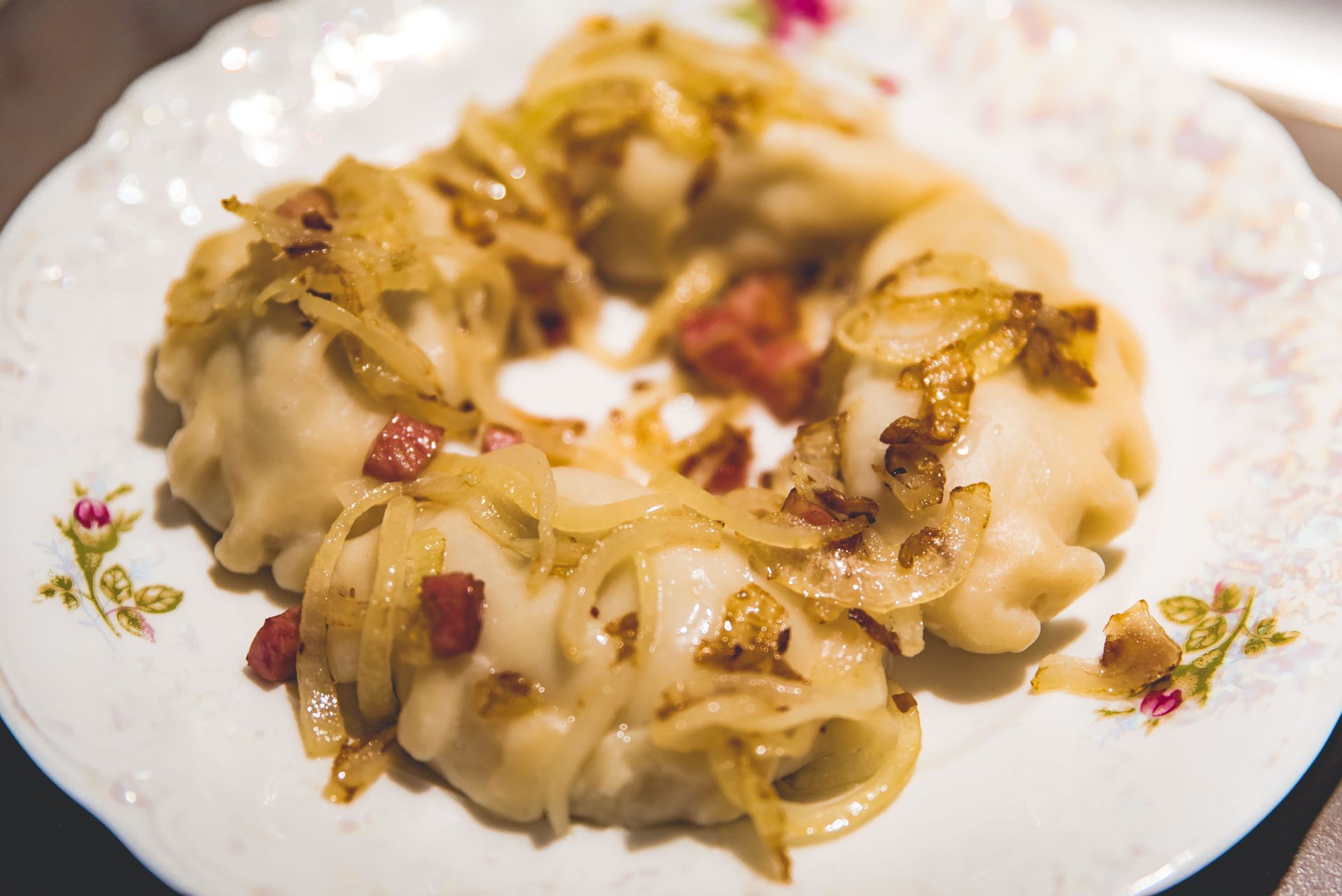 Traditional Polish homemade dumplings - pierogis - on a plate served with fried onion and bacon. Image: DLugowski / Alamy
Traditional Polish homemade dumplings - pierogis - on a plate served with fried onion and bacon. Image: DLugowski / AlamySouth Africa
Turkey, potatoes and caterpillars - fried caterpillars are actually considered a delicacy here.
The Pine Emperor Moth is one of the largest in Southern Africa, but it is the caterpillars that are especially impressive.
Reaching up to 12cms in length and almost 2cms in diameter, they are covered with a series of colourful spots that almost look like Christmas lights.
This is why they are sometimes referred to as 'Christmas Caterpillars'.
But actually their association with the holiday is more sinister: they can be a serious pest for pine plantations.
And you thought Brussels Sprouts were bad?
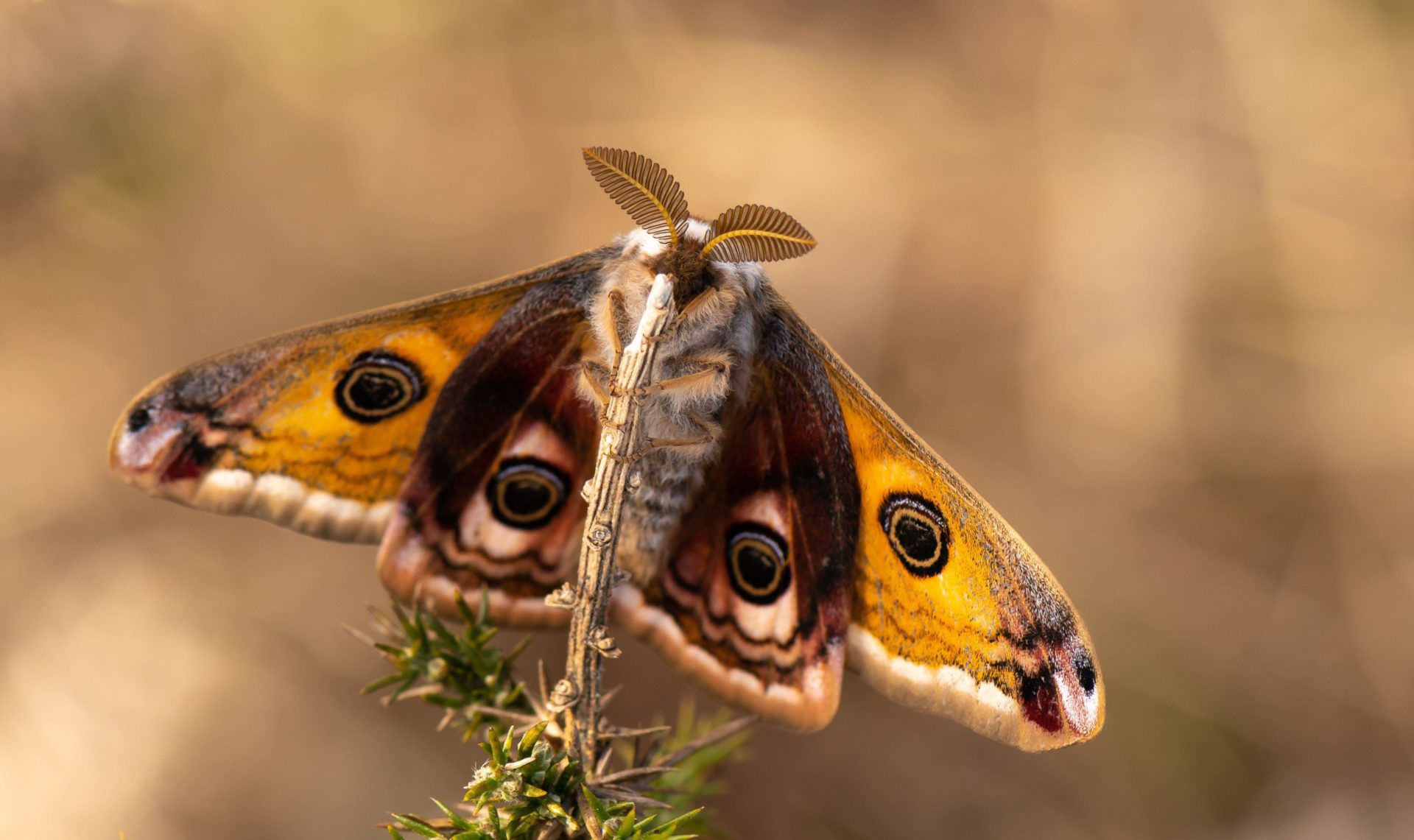 An Emperor Moth settled on a tree branch. Image: Wirestock, Inc. / Alamy
An Emperor Moth settled on a tree branch. Image: Wirestock, Inc. / AlamySweden
The Gävle Goat or 'Gävlebocken' is a traditional Christmas display constructed every year at Slottstorget in the centre of the town of Gävle, north of Stockholm.
Each year the 40-foot-tall goat it is constructed in the town's central square, and has a grand celebration for its unveiling in late November.
Over the years, the goat has become famous for being constantly destroyed in arson attacks during December.
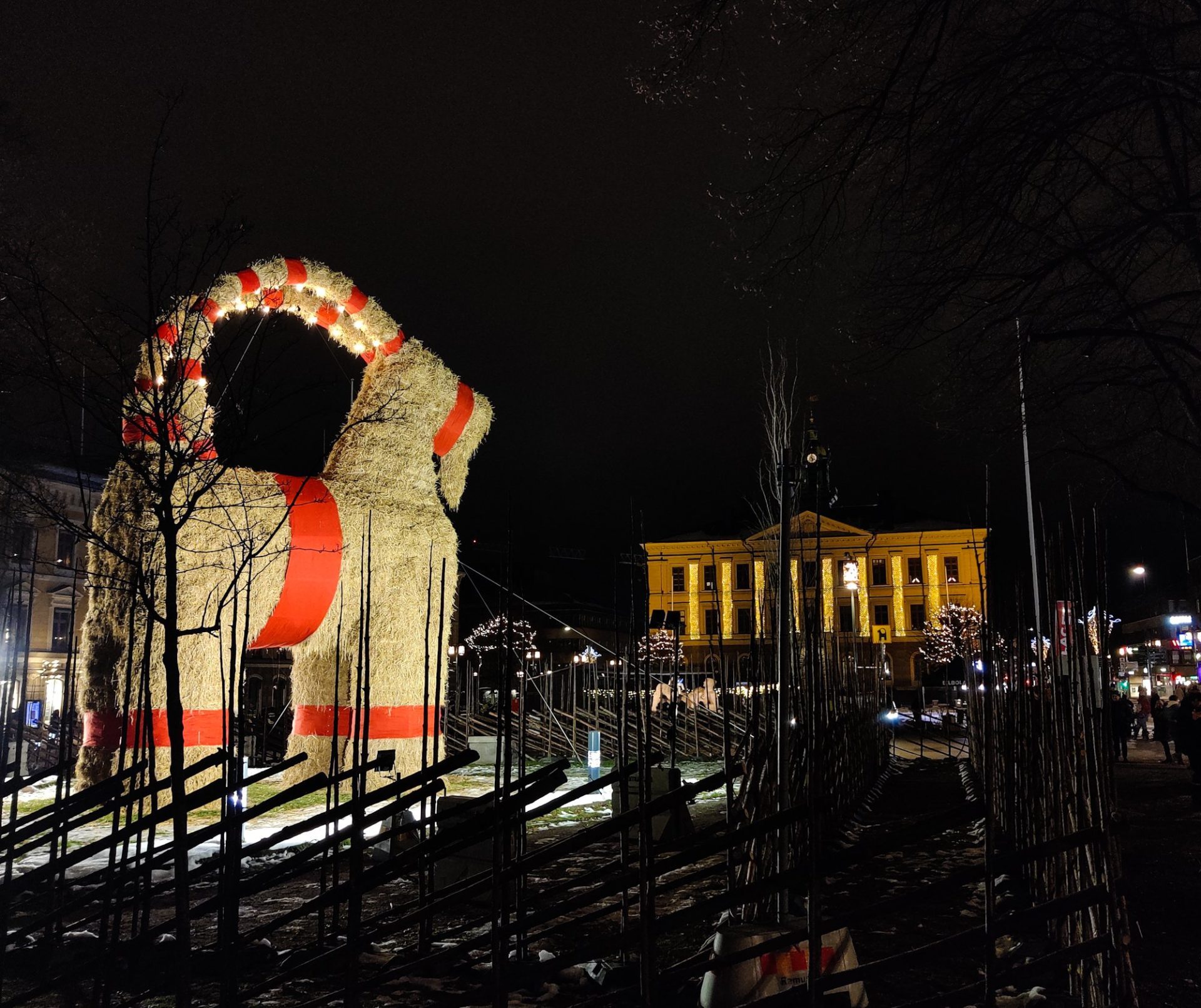 An example of a Gävlebocken in Gävle, Sweden. Image via @Gavlebocken on Twitter
An example of a Gävlebocken in Gävle, Sweden. Image via @Gavlebocken on TwitterBack in 2016, the goat only lasted a matter of hours before falling victim to the flames.
In the past it has also been hit by cars, attacked by a Gingerbread Man, and almost stolen with a helicopter.
Hope everyone has a great, weird and wonderful Christmas!


